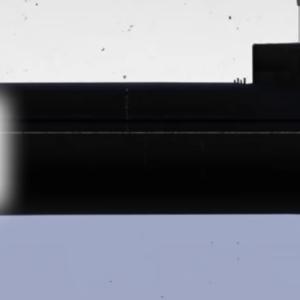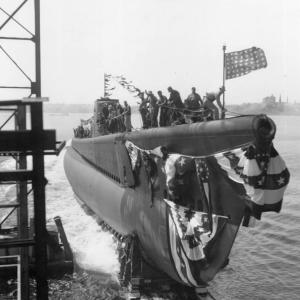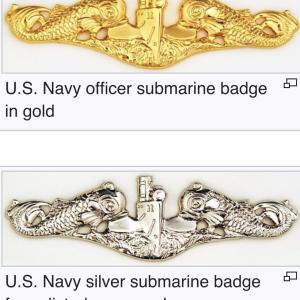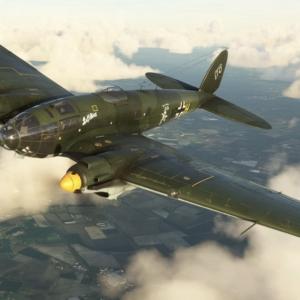
JU-88 luftwaffe Plane
The Junkers Ju 88 was born from the German idea of a schnellbomber: a twin-engined medium bomber so fast and clean in design that it could outrun fighters instead of needing heavy gun turrets. The design team was led by Ernst Zindel at Junkers in the mid 1930s, and the prototype flew at the end of 1936. It entered service before the Second World War began. Junkers built the type in huge numbers, and other factories also built it under licence. Total production was over fifteen thousand airframes of many versions.
The Ju 88 started as a fast bomber but it quickly became a multi-role platform. The A-series was the main early bomber family, but the same airframe would develop into reconnaissance aircraft, torpedo aircraft, fighter-bombers, heavy gun attack versions and eventually into the Luftwaffe’s most important radar equipped night fighter. This is one reason it became one of the most important German combat aircraft of the war.
A normal Ju 88 bomber crew was three men: pilot, navigator/bomb aimer and radio operator/gunner. Some variants carried an extra man depending on equipment and gun layout. The internal bomb bays could take around 1,000 to 1,500 kg in a standard configuration, but with external racks the aircraft could carry more than two and half tons if needed, although this reduced fuel and range. It could also carry torpedoes and special stores for specific missions.
A typical Ju 88 bomber could reach around 300 to 320 mph, depending on engines and height. Service ceilings were around 26,000 to 33,000 feet. Range varied greatly with fuel and bomb load. Ferry ranges over 1,200 miles were possible, but true operational range with heavy bombs was much shorter.
Defensive armament on the early bombers was modest, generally rifle calibre machine guns in nose, dorsal and ventral mounts. Later bomber versions improved this slightly. Fighter and attack versions could carry heavier guns including 20 mm cannon, and some ground attack series even carried very large calibre anti-tank gun pods. Torpedo carrying versions were also used at sea.
As the RAF switched to night bombing, the Ju 88 became vital as a night fighter. Radar was fitted: first the early Lichtenstein sets, which used a mesh of small radar aerials on the nose. Later, longer range radars used the larger “stag’s antlers” aerials. These conversions created the Ju 88 G-series night fighters. They used radar to hunt bombers in the dark and cloud, combining their onboard radar with vectors from German ground stations. Night fighter armament also changed: fixed forward firing cannon batteries were fitted to break up bomber streams, and upward firing cannon were later added inside the fuselage in what the Germans called Schräge Musik. This allowed the Ju 88 to slide underneath a bomber and fire upwards into the least protected area.
The Ju 88 therefore became one of the most adaptable and valuable aircraft Germany had. It began as a clean, fast, three-man bomber intended to outrun pursuit, but it finished as one of the Luftwaffe’s main night fighting weapons, packed with radar, cannon and specialist equipment. Its versatility, rather than perfection in one single role, is why it appears again and again across the air war from 1939 to 1945.










